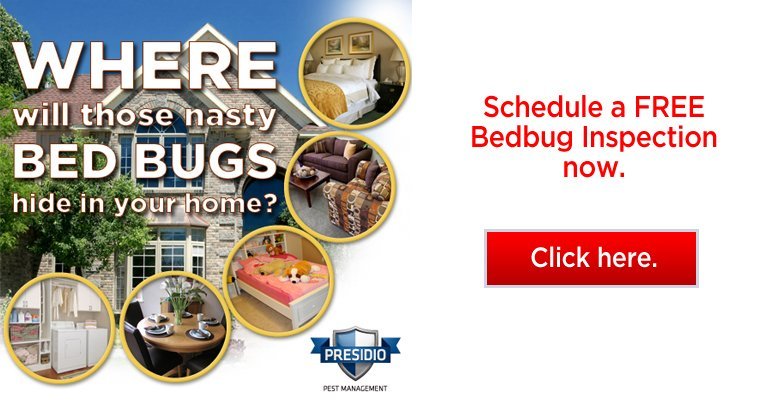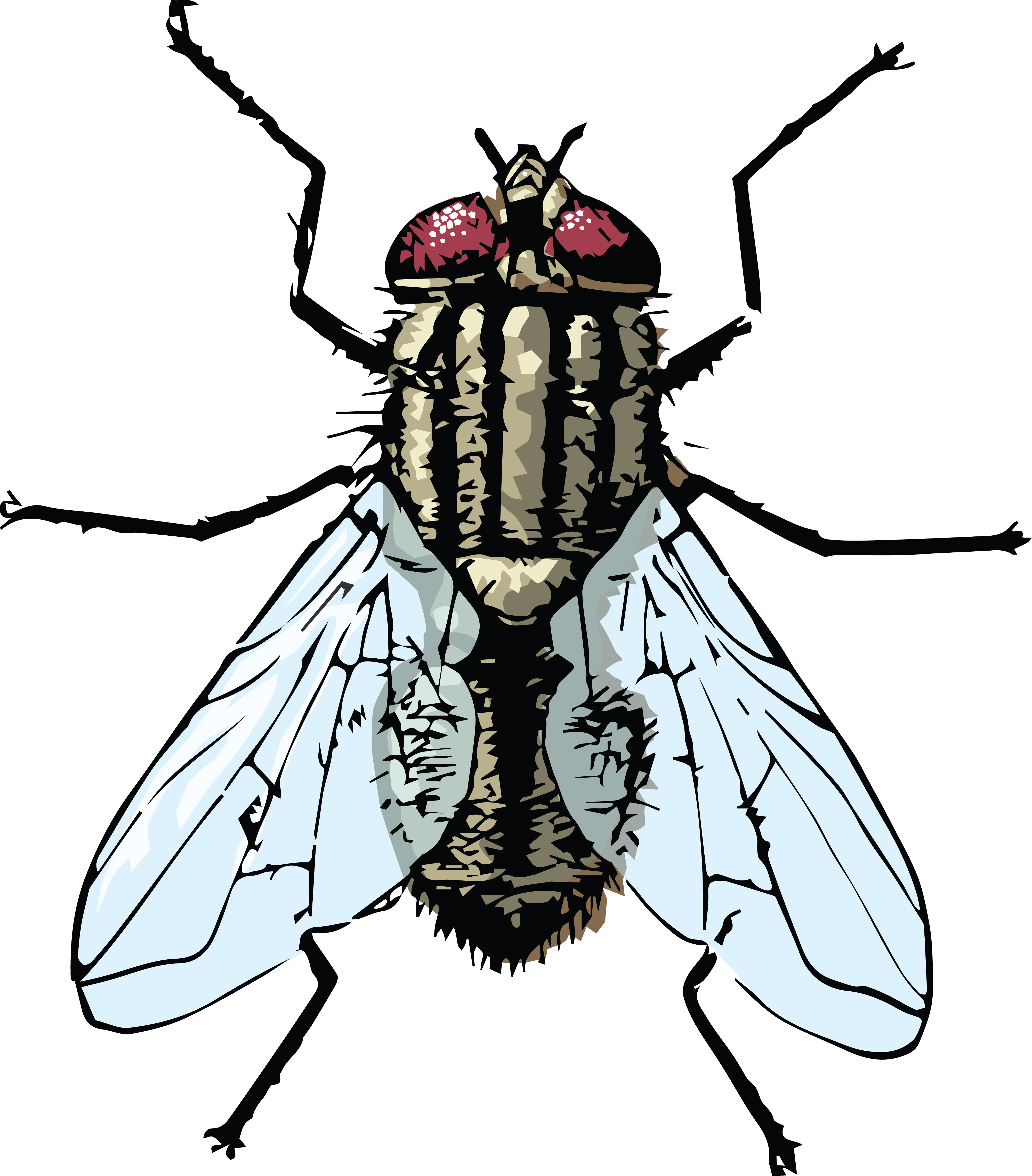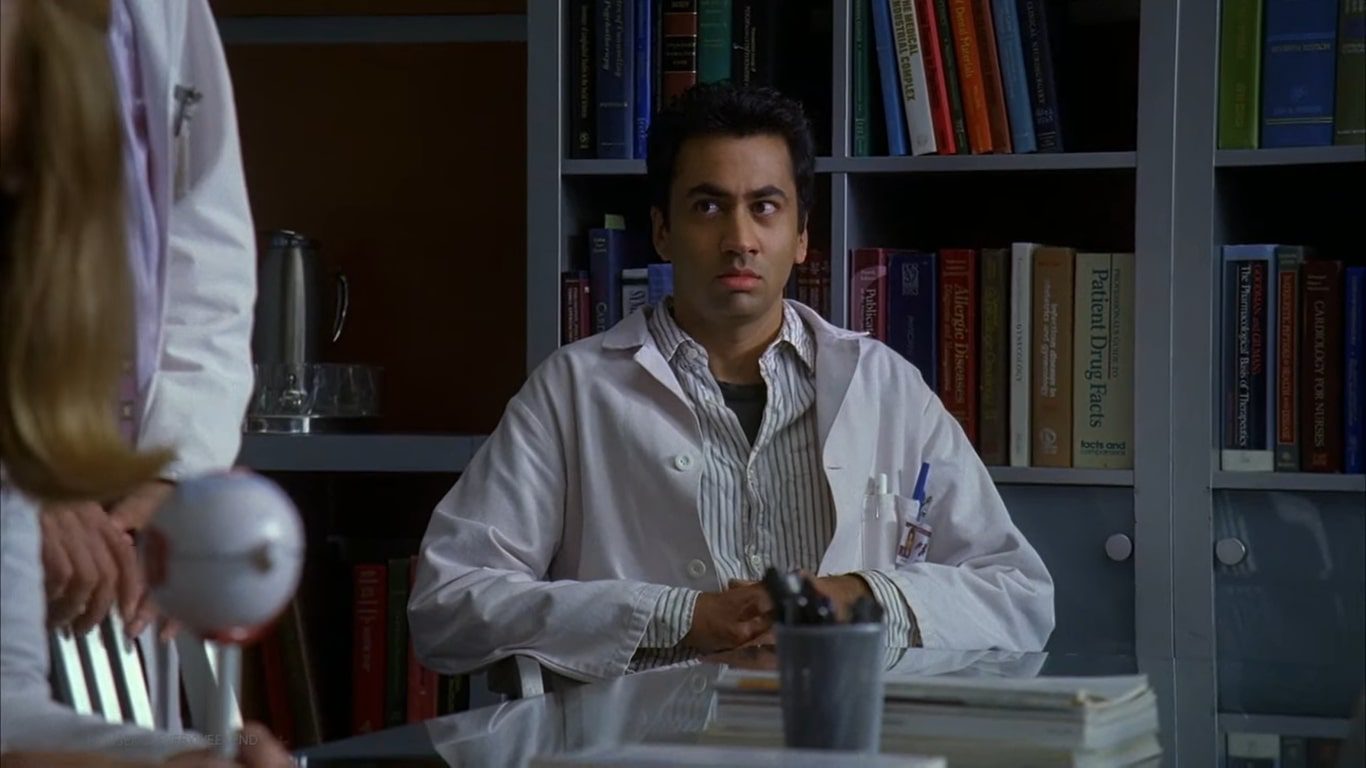Table of Content
That fact means most homes are naturally built close to termites. A typical home may easily have three to four colonies situated under or close around it. If you have a lot of mosquitos around your property you will need to try and prevent them from biting till you can find and eliminate their breeding sources. DEETS which was developed by the US Government to protect from mosquito bites.

One of the most overlooked areas of your house can also be the number one cause of flying and crawling pest invasion. Raccoons, squirrels, mice, and even birds may make themselves at home in crawl spaces and attics if you don't install barriers, such as mesh, to keep them out. These animals may carry mites, fleas, or other pests that can infest your home.
Clean Up After Your Pets
Stewart’s, for example, performs four applications during the spring, summer, and fall when bugs and insects are the most active. We also offer free resprays between regular treatments as needed. Pest control doesn't always require calling the exterminators. You can protect your home from the most pesky and destructive insects by enlisting an army of beneficial bugs. It all starts with encouraging the good guys to stick around, even in the off-season, by putting up an Insect Hotel. The mod, turquoise design looks pretty chic against your stylish exterior.
You don’t want a home full of bugs, but you will have some from time to time. What you do will depend on the bugs you have and how many of them you have. Mix together two ingredients that roaches love, such as cocoa powder and sugar, with a deadly additive - like diatomaceous earth or Borax. Both of these are easy to find and mostly safe to use.
Make a Homemade Flytrap
Reseal your windows to eliminate any entrance points for bugs and insects. It seems like annoying bugs are everywhere this time of year. Whether they're destroying plants in your garden, infesting your kitchen, or buzzing around your ears, you can deal with them once and for all, thanks to some ingenious products.

It’s one of the most effective techniques for preventing pest infestations in your home. Usually, pests gain access to a house through unsealed doors, torn screens, and cracks in the walls or the foundation. Once they have entered, they will inhabit a section of your property and reproduce. It can be extremely difficult to get rid of pests after an infestation has reached a certain severity. Ants are some of the most common household pests - but luckily, they’re pretty easy to deal with, too.
Keep a Tidy House
To control the populations of flies outdoors you must find and promptly remove any material in which they might lay eggs. If a fly hatch occurs, you can trap them with baited or sticky traps or spray with insecticide to kill them off. To further reduce hatches, fly predators can be released that attack and devour the larvae stage before they become adults. For indoor control it is best to keep screens on door and window openings to prevent flies from entering.

The worst thing of all is that they are difficult to get rid of, despite numerous chemicals sold on the market. However, you may have not thought of using more natural techniques to get rid of these little pests. Your pest infestation can range from mild to severe. Exercise good judgment when deciding between DIY or professional pest solutions. Otherwise, you may be facing thousands of dollars in damages. The best way to keep your home virtually bug-free is to deal with them head on from the moment you notice them.
Bugs and rodents can enter through the tiniest holes. Walk around and observe the perimeter structure regularly. Have a full termite inspection, including attic and crawlspace every five years.

Pests can be attracted to your home for a number of reasons. Some of these magnets for household pests can be easily spotted, while others may fly under your pest-control radar. Natural bug repellents are useful inside and outside the home. Pungent-smelling plants like mint and rosemary ward off insects and double as cooking herbs. Lemongrass and geraniums contain Citronella oil, which bugs hate. For example, termite infestations could damage the integrity of your home so it’s important to get a termite inspection as soon as you see the first signs of an infestation.
Many of these have potentially harmful side effects, so it’s important to be aware of what you are getting into ahead of time. Don’t keep your fact-finding missions indoors, either. You’ll also want to head outside to figure out where bugs are coming in - and why.
There are numerous reasons why you need to deploy regular pest control methods. Firstly, pests pose health threats for you and your family. According to Joshua’s Pest Control, pests such as mice and mosquitoes carry life-threatening diseases that can wreak havoc on your vital organs. Before your eyes, a pest infestation can spiral from inconvenient to lethal. If you find a serious infestation of any kind, consulting a pest control professional is best. That’s especially true if you want to use any kind of chemical to get rid of the bugs in your house.
Rebekah Pierce is a professional social blogger and has worked on several online publications including Citrus Sleep. Rebekah is an experienced content writer and copyeditor. In some cases, you may have implemented all of these steps above and still found that you cannot vanquish your pest problem. If that’s the case, you’ll want to consult the professionals. If there are any open spaces near vents or pipes, consider filling those in with steel wool or caulk. Remember - even the tiniest gaps and cracks are often large enough to invite and allow pests inside.
Wrigglers survive on algae, bacteria, protozoans and other organic material. Larvae develop for seven to 10 days before reaching the pupal stage. The pupal stage lasts one to three days before an adult mosquito emerges. Mosquitos are on the of top the list because they suck blood and make you itch. These little vampires are the deadliest insect to humans because of the many disease that they spread through their blood sucking activities. All material provided within this website is for informational and educational purposes only, and is not to be construed as medical advice or instruction.

No comments:
Post a Comment